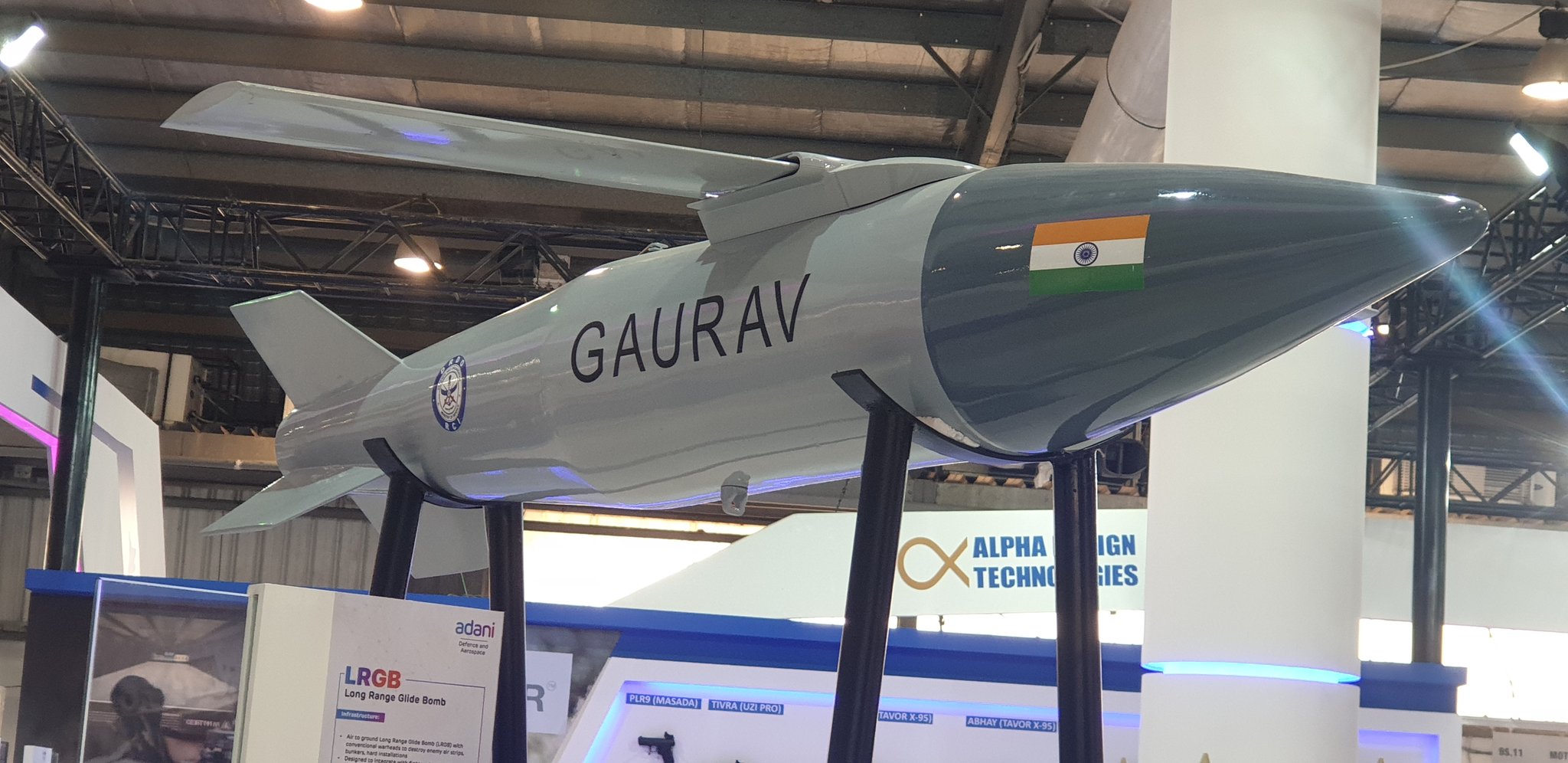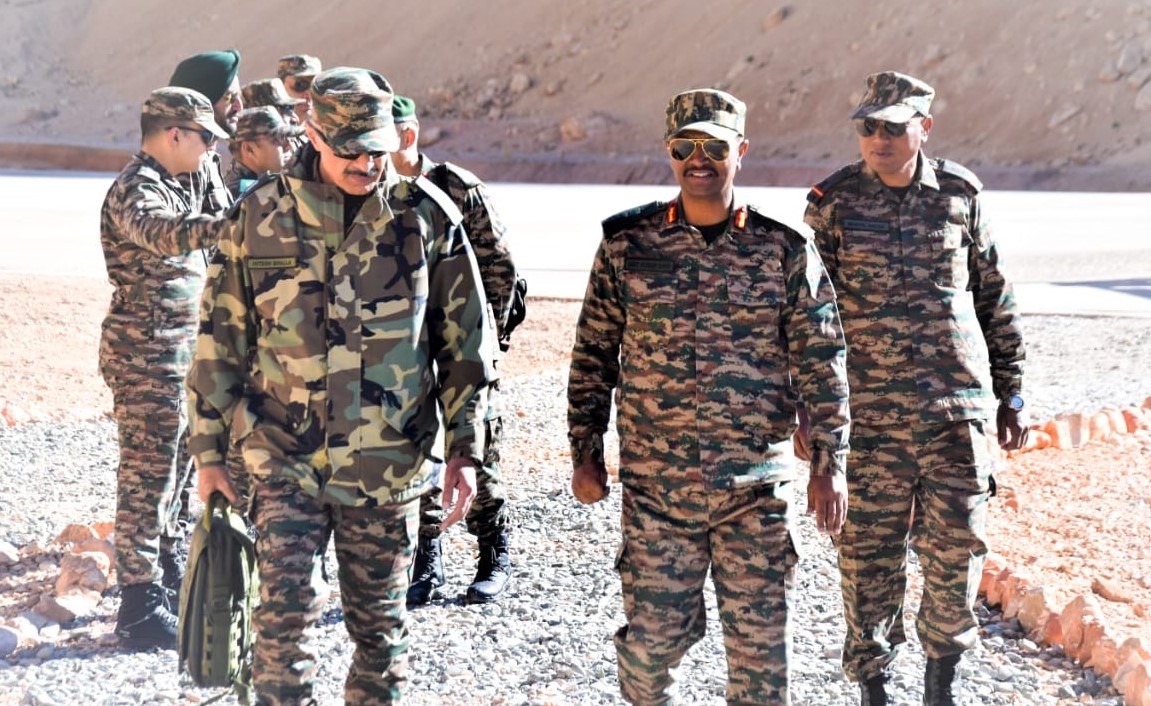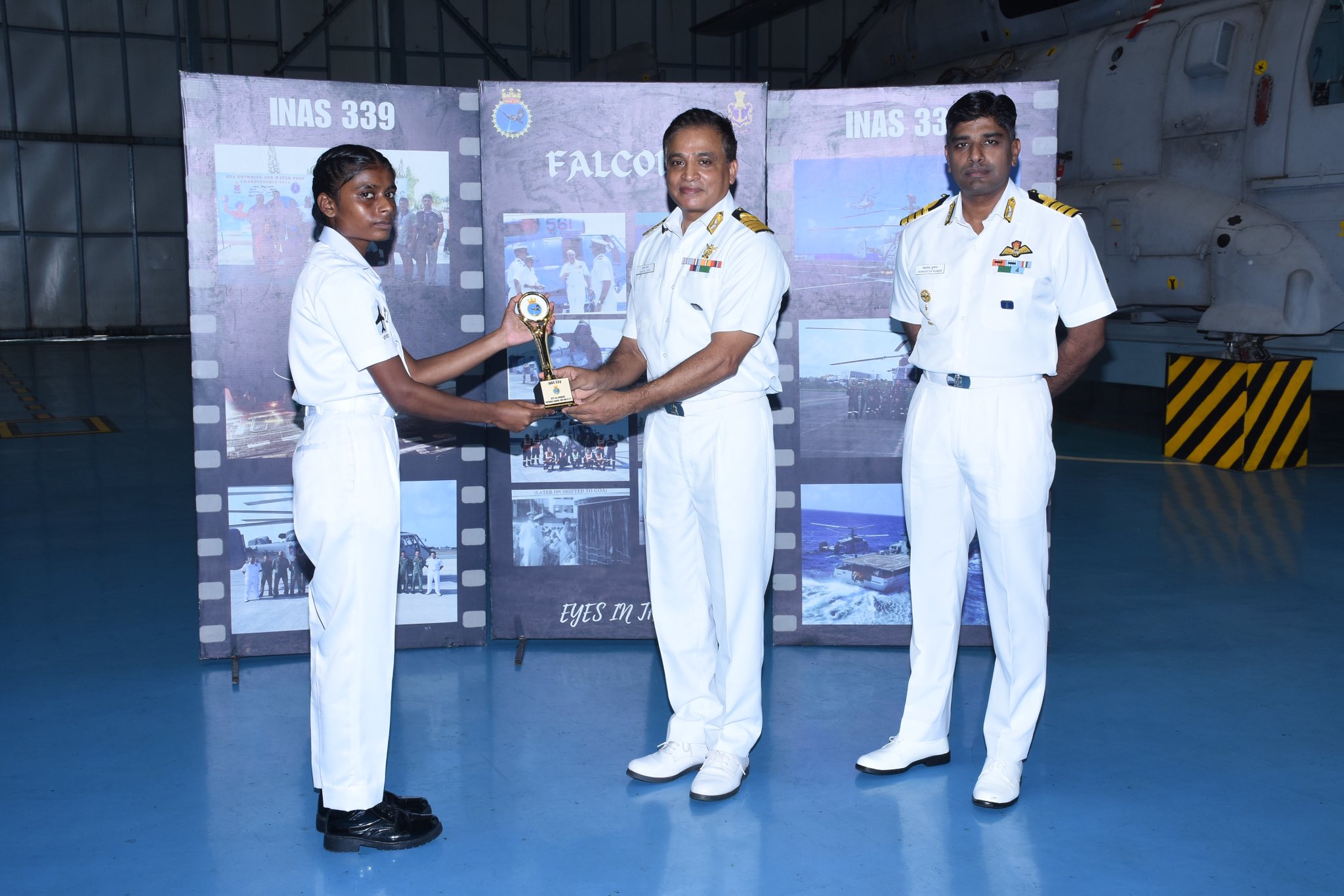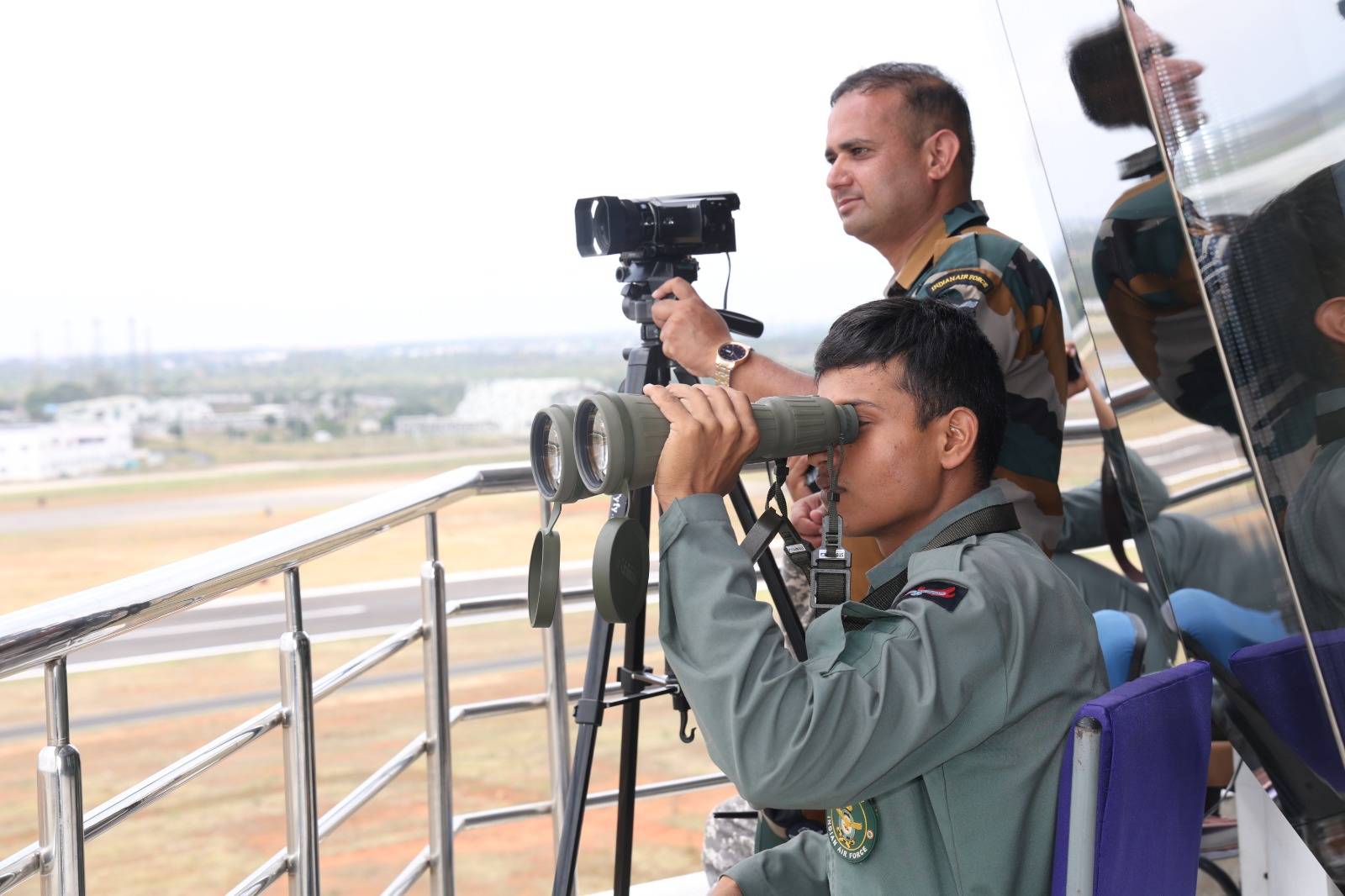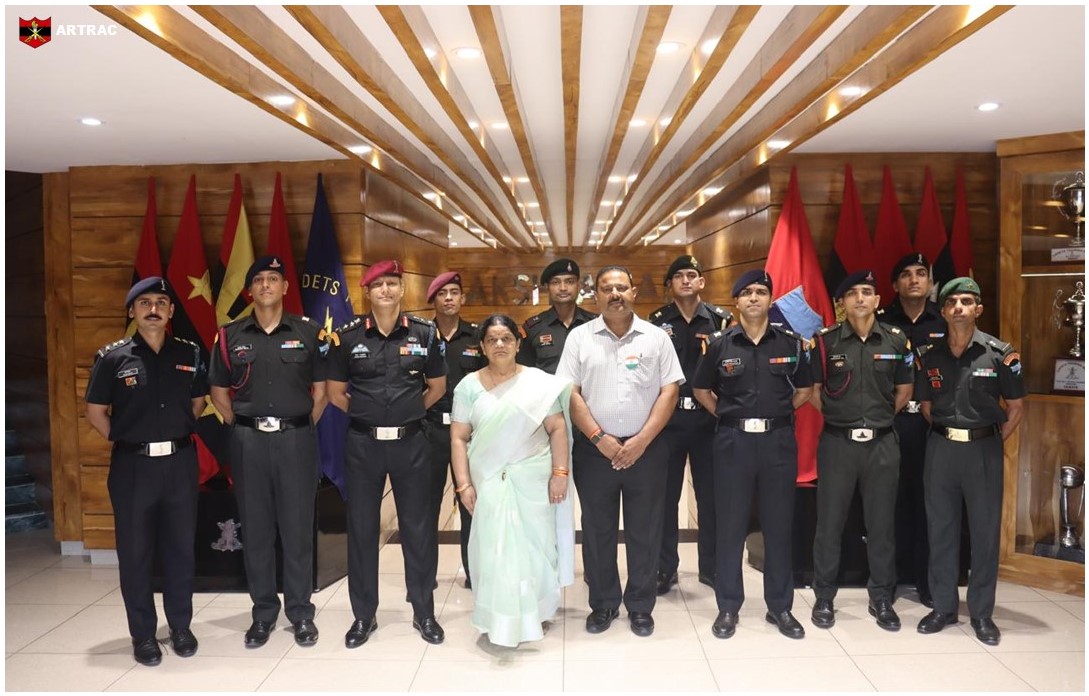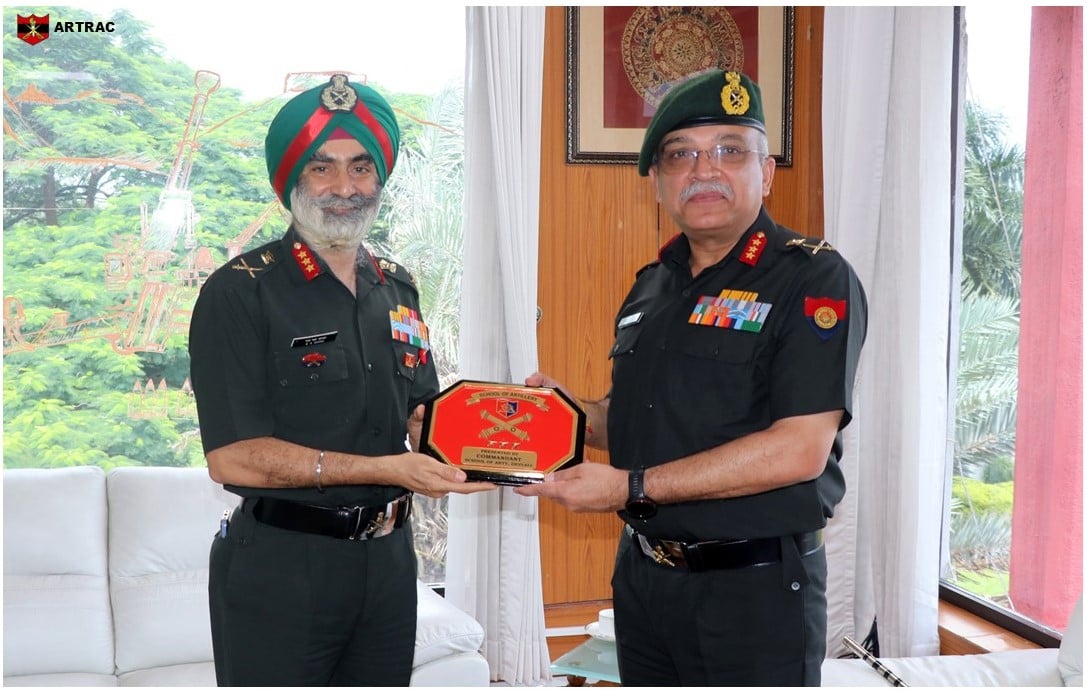DRDO Conducts Successful Flight Test of Long Range Glide Bomb, GAURAV
The Defence Research and Development Organisation (DRDO) achieved a significant milestone by successfully conducting the maiden flight test of the…
Lt Gen Hitesh Bhalla Visits Troops on Northern Borders
Lieutenant General Hitesh Bhalla, SC**, SM, VSM, General Officer Commanding of the Fire and Fury Corps, recently visited troops stationed…
Historic Passing Out Ceremony at INAS 339 for First Batch of Agniveers
A landmark passing out ceremony was held at INAS 339 on August 12, 2024, marking the successful completion of training…
Ex TarangShakti-24: IAF Agniveervayus Excel in Multinational Air Exercise
In the ongoing multinational air exercise Ex TarangShakti-24, the Indian Air Force's Agniveervayus are playing a pivotal role, engaging in…
Parents of Fallen Hero Unveil GLADIATOR TROPHY at MCTE, Mhow
In a heartfelt ceremony at the Cadets Training Wing, Military College of Telecommunication Engineering (MCTE) in Mhow, the parents of…
Lt Gen Samir Gupta, DG Financial Planning, Visits School of Artillery, Devlali
Lt Gen Samir Gupta, Director General of Financial Planning, recently visited the prestigious School of Artillery in Devlali. During his…

